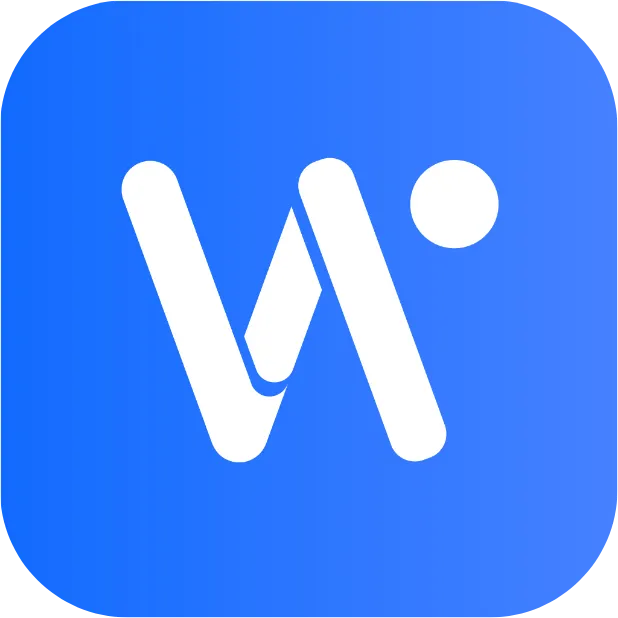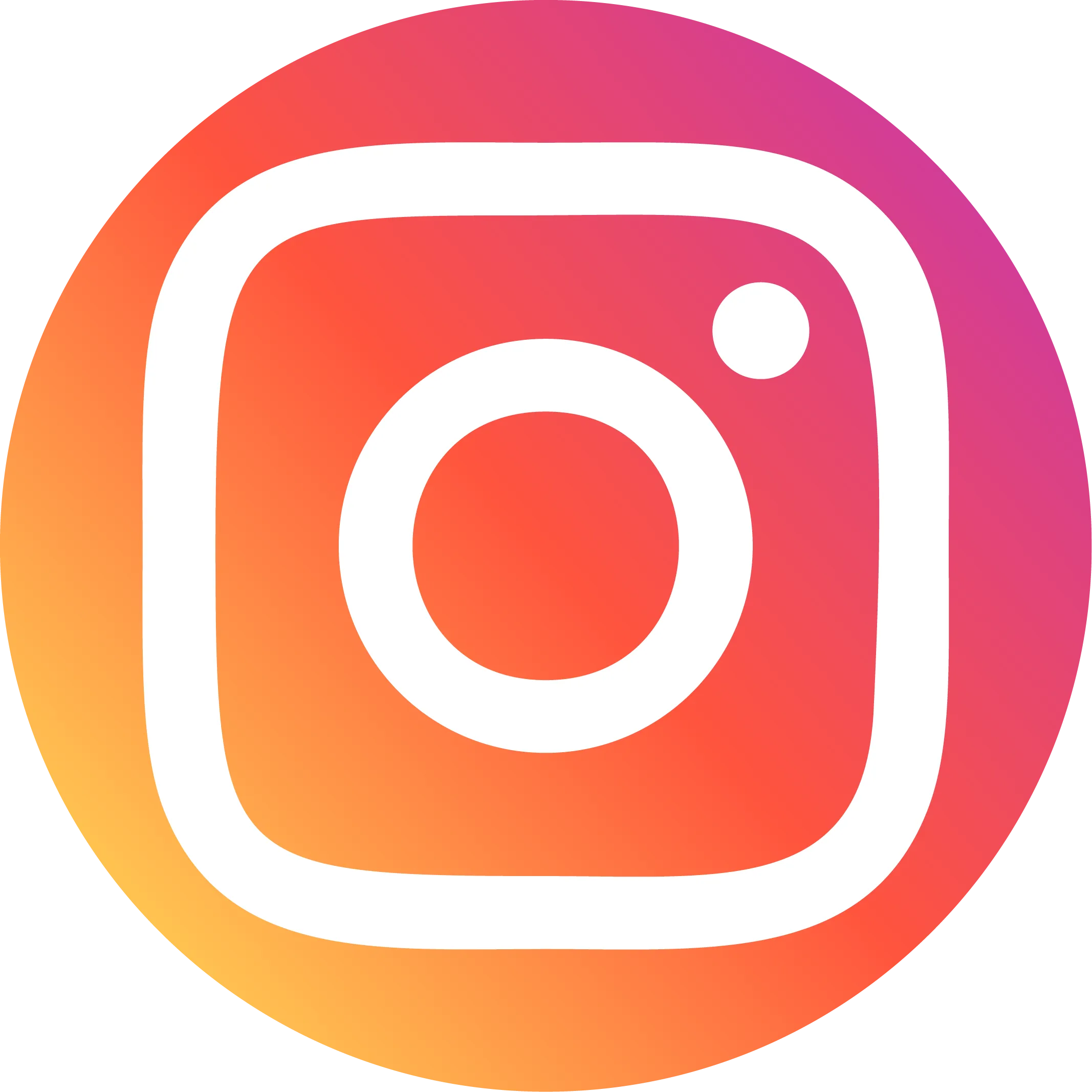The Worst Google Ads AI Pitfalls You Must Avoid in 2025
The marketing landscape is undergoing a seismic shift, with artificial intelligence (AI) emerging as the driving force behind this transformation. Google’s recent launch of generative AI tools for producing lifestyle imagery illustrates this transformation, allowing advertisers to create hyper-personalized visuals with unmatched speed. This innovation arrives at a pivotal moment when 72% of consumers now expect brands to understand their individual needs, according to Google/BCG research. As brands scramble to stay ahead of the curve, AI-powered Google Ads have become the linchpin of modern marketing strategies. The recent success stories of industry giants like Samsung Electronics and Nike underscore the profound impact of AI in reshaping how businesses connect with their audiences. Samsung’s experiment with Target ROI bidding resulted in a staggering 49% higher conversion value and 43% higher ROI, while Nike’s AI-driven Performance Max campaigns during promotional periods delivered a 72% higher ROI at a 54% lower CPA. In an era where direct-to-consumer (D2C) strategies are paramount, leveraging AI in Google Ads is no longer optional; it’s essential for brands aiming to scale efficiently and stay competitive.

I. Key Area 1: Smart Bidding Strategies for ROI Optimization
One of the most transformative applications of AI in Google Advertising lies in smart bidding strategies, particularly Target ROI (tROI). Unlike traditional manual bidding, tROI leverages Google’s advanced machine learning to analyze each user’s likelihood to convert and the expected conversion value, adjusting bids in real-time to maximize return on ad spend. Samsung Electronics’ case study serves as a compelling testament to the power of tROI. The company ran a five-week experiment comparing tROI against the Enhanced CPC (eCPC) bidding strategy for its Galaxy Z Flip 4 and Fold 4 launches. The results were unequivocal: the tROI campaign generated 49% higher conversion value and 43% higher ROI, alongside a 28% improvement in conversion rates. These metrics highlight how AI-driven bidding not only optimizes ad spend but also scales D2C sales with unprecedented efficiency. For brands looking to replicate this success, the key takeaway is clear—transitioning from manual bidding to AI-powered strategies like tROI can unlock significant performance gains while maintaining budget discipline.
II. Key Area 2: AI-Driven Campaign Automation (Performance Max)
Automation is another cornerstone of AI-powered Google Ads, and Performance Max campaigns exemplify this evolution. Performance Max uses AI to optimize ad placements across Google’s entire ecosystem—Search, Display, YouTube, and more—ensuring that brands reach the right audience at the right time with the right message. Nike’s innovative use of Performance Max during promotional periods offers a masterclass in AI-driven campaign automation. By applying seasonal adjustments—increasing campaign volume by 2.1x during a four-day sale—Nike achieved a 72% higher ROI and a 54% lower CPA compared to previous campaigns. The AI’s ability to predict conversion rate fluctuations and adjust bids accordingly allowed Nike to maximize performance even within a condensed timeframe. This case underscores the versatility of Performance Max, particularly for brands running time-sensitive promotions. The lesson here is twofold: first, AI enables real-time cross-channel optimization, and second, seasonal adjustments can amplify results during critical sales windows, making every ad dollar count.
III. Key Area 3: Personalization at Scale with AI Insights
Personalization has long been hailed as the holy grail of marketing, and AI is finally making it achievable at scale. Google’s AI tools, such as FeedGen and Retail Search, empower brands to decode complex consumer queries and deliver hyper-relevant product recommendations. Consider the shift in search behavior: consumers no longer type generic queries like “lemon cake recipe” but instead ask, “What is a recipe for a low-gluten, reduced-sugar lemon cake for my daughter’s 13th birthday?” AI’s ability to parse these nuanced intents and match them with dynamic product feeds revolutionizes the customer experience. For instance, Retail Search enhances on-site search functionality, ensuring that queries like “jeans for boots, wide fit” yield accurate results rather than irrelevant skinny jeans. This level of personalization isn’t just about improving usability—it directly impacts conversion rates. When consumers feel understood, they’re more likely to complete purchases, fostering both immediate sales and long-term brand loyalty. The implication for marketers is profound: investing in AI-driven personalization tools can bridge the gap between consumer expectations and reality, turning casual browsers into loyal customers.

IV. Key Area 4: Integrating Branding and Performance with AI
The dichotomy between branding and performance marketing is dissolving, thanks to AI’s ability to harmonize both objectives. AI-powered tools like Google’s Product Studio enable brands to create emotionally resonant content at scale, blending storytelling with performance-driven precision. YouTube, for instance, has become a powerhouse for emotional branding, with 92% of a brand’s fans engaging with it on the platform. AI enhances this by optimizing video ad placements and tailoring messages to individual viewers. Meanwhile, tools like Enhanced Conversions provide privacy-compliant measurement, allowing brands to quantify the ROI of branding efforts. The synergy between branding and performance is critical: while performance marketing captures demand, branding creates it. AI bridges these worlds by enabling personalized, emotionally compelling ads that drive both immediate conversions and long-term brand equity. For marketers, the message is clear—leveraging AI to integrate branding and performance isn’t just strategic; it’s essential for sustainable growth in an increasingly competitive digital landscape.
For brands seeking to harness this integration, solutions like Topkee’s TTO attribution tools and AI-powered creative production offer a strategic advantage. By leveraging TTO’s data-driven insights, brands can track user behavior across touchpoints, segment audiences, and deliver hyper-personalized remarketing campaigns—boosting conversion rates by over 70%. Meanwhile, Topkee’s creative production services utilize AI to generate high-impact visuals and narratives tailored to specific audience segments, ensuring consistency across branding and performance campaigns.
V. Future Trends and Actionable Steps
As AI continues to evolve, its role in retail and marketing will expand into new frontiers, from real-time personalized offers to AI-driven in-store recommendations. The Google/BCG survey of 2,000 marketers reveals that AI leaders—companies that fully embrace AI—achieve revenue growth up to 60% higher than their peers. To stay ahead, brands must adopt a phased approach: start with foundational AI tools like Smart Bidding and Performance Max, then scale with experiments and advanced personalization. The time to act is now—62% of marketers plan to prioritize AI in the next two years. For those ready to embark on this journey, the first step is simple: embrace AI-powered Google Ads to transform your marketing strategy and secure a competitive edge in 2025 and beyond.
For example, Topkee’s TTO platform simplifies this transition with automated conversion tracking and cross-account budget optimization, ensuring seamless adoption of Google’s AI bidding strategies. Topkee’s attribution remarketing tools, powered by TMID tracking, enable precise segmentation of high-intent users. Brands can start today by partnering with experts like Topkee to deploy AI-powered Google Advertising—combining Performance Max automation, Smart Bidding precision, and proprietary tools like TTO for end-to-end campaign optimization.

Conclusion
AI-powered Google Ads are revolutionizing marketing by enabling smarter bidding, seamless automation, personalized experiences, and integrated branding-performance strategies. The achievements of Samsung and Nike illustrate the concrete advantages of adopting AI, ranging from increased ROI to reduced CPAs. With consumer expectations escalating and competition growing fiercer, utilizing AI has transitioned from being a luxury to a necessity. Whether you’re a seasoned marketer or just starting your AI journey, the tools and strategies outlined here can help you unlock new levels of efficiency and effectiveness. Ready to transform your marketing? Reach out to our team of experts to explore how AI-powered Google Ads can elevate your brand.







